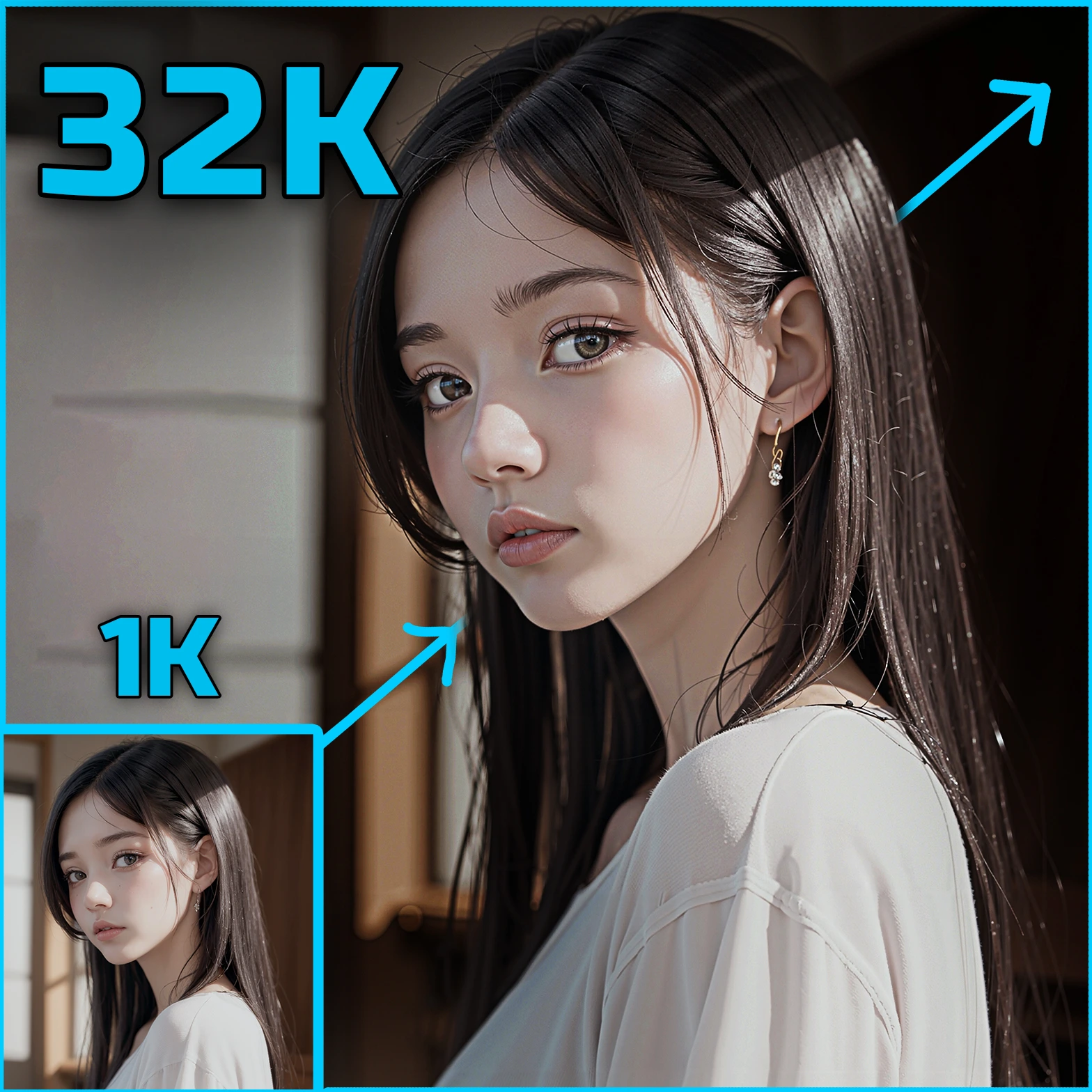ComfyUI Node: Unsampler
BNK_Unsampler
Categorysampling
BlenderNeko (Account age: 762days) Extension
ComfyUI Noise Latest Updated
2024-06-10 Github Stars
0.29K
How to Install ComfyUI Noise
Install this extension via the ComfyUI Manager by searching for ComfyUI Noise- 1. Click the Manager button in the main menu
- 2. Select Custom Nodes Manager button
- 3. Enter ComfyUI Noise in the search bar
Visit ComfyUI Online for ready-to-use ComfyUI environment
- Free trial available
- 16GB VRAM to 80GB VRAM GPU machines
- 400+ preloaded models/nodes
- Freedom to upload custom models/nodes
- 200+ ready-to-run workflows
- 100% private workspace with up to 200GB storage
- Dedicated Support
Unsampler Description
Reverse sampling effects in AI art to refine latent images, remove noise, and enhance quality for artists.
Unsampler:
The BNK_Unsampler node is designed to reverse the effects of sampling processes applied to latent images in AI art generation. This node is particularly useful for AI artists who need to refine or adjust the latent images by removing noise or other artifacts introduced during the sampling phase. By leveraging the unsampler, you can achieve cleaner and more precise latent images, which can significantly enhance the quality of the final output. The primary goal of the BNK_Unsampler is to provide a mechanism to revert the latent image to a state closer to its original form before the sampling noise was applied, thus offering greater control over the artistic process.
Unsampler Input Parameters:
model
This parameter represents the AI model used for the unsampling process. It is crucial as it defines the architecture and weights that will be applied to reverse the sampling effects. The model should be compatible with the latent images being processed.
cfg
The cfg parameter stands for Configuration and is used to set various settings that influence the unsampling process. This could include parameters like strength, denoising levels, or other model-specific configurations. Proper configuration ensures that the unsampling process aligns with the desired output quality.
sampler_name
This parameter specifies the name of the sampler that was originally used to sample the latent image. Knowing the sampler type is essential for accurately reversing its effects. Common sampler names might include "Euler", "LMS", or "DPM".
steps
The steps parameter indicates the number of steps to be used in the unsampling process. More steps can lead to a more refined unsampling but will require more computational resources. The default value is typically set to balance quality and performance.
end_at_step
This parameter allows you to specify a particular step at which the unsampling process should end. It provides finer control over the unsampling process, enabling you to stop at an intermediate state if desired.
scheduler
The scheduler parameter defines the scheduling method used during the unsampling process. Different schedulers can affect the timing and application of the unsampling steps, impacting the final result.
normalize
The normalize parameter determines whether the latent image should be normalized during the unsampling process. Normalization can help in achieving more consistent results by adjusting the latent image values to a standard range.
positive
This parameter represents the positive conditioning or guidance used during the unsampling process. It helps in steering the unsampling towards desired features or characteristics in the latent image.
negative
The negative parameter is the opposite of the positive parameter and represents the negative conditioning or guidance. It helps in avoiding unwanted features or characteristics during the unsampling process.
latent_image
The latent_image parameter is the actual latent image data that needs to be unsampled. This is the primary input on which the unsampling process will be applied to remove noise and artifacts.
Unsampler Output Parameters:
out
The out parameter is the primary output of the BNK_Unsampler node. It contains the unsampled latent image, which has been processed to remove noise and artifacts introduced during the sampling phase. This output is crucial for further refinement or final rendering of the AI-generated art.
out_denoised
The out_denoised parameter provides an additional output that represents the denoised version of the latent image. This output is particularly useful if the unsampling process includes a denoising step, offering a cleaner and more polished latent image for subsequent use.
Unsampler Usage Tips:
- Ensure that the
modelparameter is correctly set to match the architecture used for the original sampling to achieve accurate unsampling results. - Adjust the
stepsparameter based on the complexity of the noise and artifacts in the latent image; more steps can lead to better results but will require more processing time. - Use the
positiveandnegativeparameters to fine-tune the unsampling process, guiding it towards desired features and away from unwanted ones. - Experiment with different
schedulersettings to find the optimal scheduling method that works best with your specific latent images and artistic goals.
Unsampler Common Errors and Solutions:
"Model not compatible"
- Explanation: The model provided is not compatible with the latent image or the unsampling process.
- Solution: Ensure that the model used for unsampling matches the architecture and weights of the model used during the original sampling.
"Invalid sampler name"
- Explanation: The sampler name provided does not match any known or supported samplers.
- Solution: Verify the sampler name and ensure it matches the sampler used during the original sampling process.
"Insufficient steps"
- Explanation: The number of steps specified is too low to achieve effective unsampling.
- Solution: Increase the number of steps in the
stepsparameter to allow for a more thorough unsampling process.
"Normalization error"
- Explanation: An error occurred during the normalization process.
- Solution: Check the
normalizeparameter and ensure it is set correctly. If the issue persists, try disabling normalization to see if it resolves the error.
Unsampler Related Nodes
RunComfy is the premier ComfyUI platform, offering ComfyUI online environment and services, along with ComfyUI workflows featuring stunning visuals. RunComfy also provides AI Models, enabling artists to harness the latest AI tools to create incredible art.


